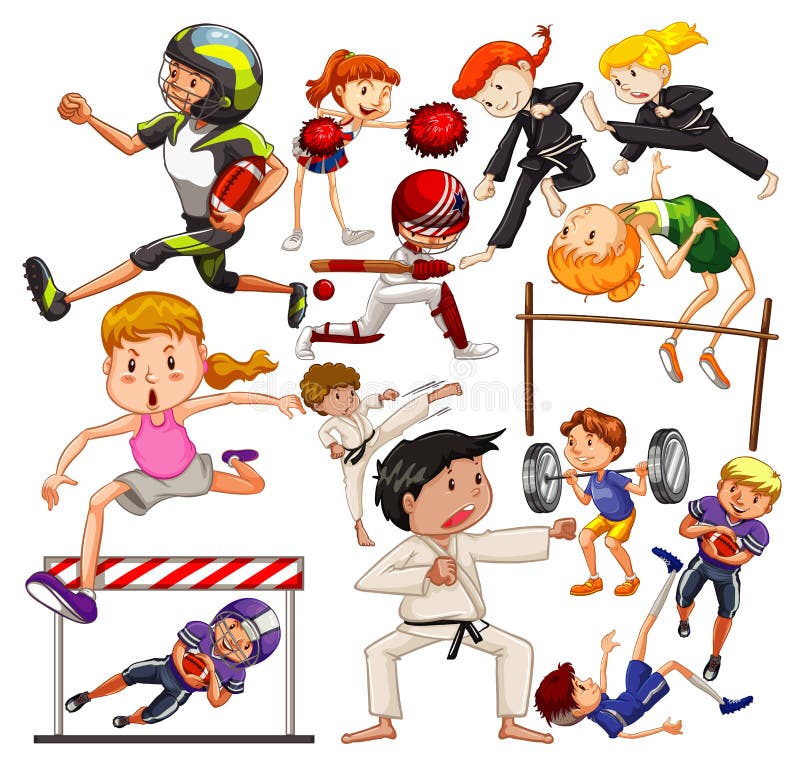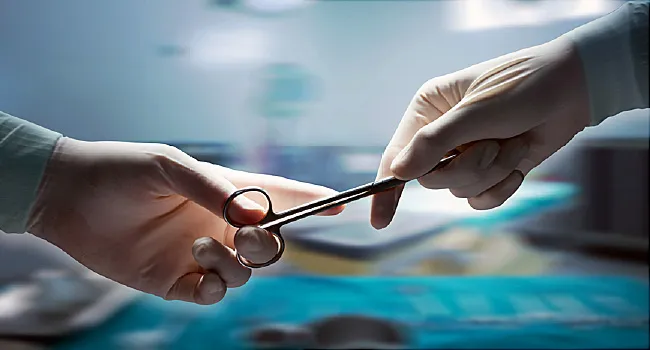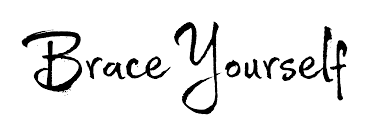Blog
My Curvy Journey
Tessa
As a kid and teen, you’re not worried about your health or immune system until a problem arises. In childhood, parents are typically the ones obsessing over their kids:
- health
- education
- making sure their beloved offspring are happy and healthy.
Then, in middle school there’s always the occasional broken arm or leg, ADHD diagnosis, or finding out you are lactose intolerant. While those are all scary things to go through, no one ever talks about the medical condition that pediatricians always test for – scoliosis.
Scoliosis is a genetic and hereditary condition that causes the spine to twist and curve, negatively impacting the muscles and surrounding organs. It can also be sporadic and random, meaning scoliosis doesn’t always have to run in the family for an individual to have it. Although it’s very common for people to have a minor curvature of the spine and may not seem serious, substantial curvatures are no joke. Scoliosis mainly affects young girls in their pre-teen to young adolescent years. While some professionals have their theories, there is no conclusive reasoning as to why girls are more affected. In comparison to boys, girls have a higher likelihood of being diagnosed but that does not mean boys should not be checked for scoliosis. Adolescent and teen boys can still get it, especially if it runs in your family. This is why getting tested yearly is so important!

Typically when an individual hits around 8 – 10 years old, their doctor starts paying closer attention to the curvature of the spine. The doctor will also gather information on the parent’s history to make sure there is no hereditary scoliosis in the family. If there is, then the doctor will monitor the spine more regularly. Once someone turns 11 and 12, their pediatricians perform a physical exam to make sure there is no curvature of the spine. During the pre-teen and teenage years, doctors make sure their patients are being examined for scoliosis because it can negatively affect a person’s life if untreated. If left untreated, the spine can curve so severely that it can:
- crush vital organs;
- cause extreme back pain; and
- have a increased chance of mortality.
If caught early enough and treated, the quality of life is still good, meaning you will be able to enjoy a healthy life.
As a young girl, I grew up in doctors’ offices and urgent care facilities. Going to see specialists for various issues was a weekly occurrence when I was younger, mainly due to my chronic stomach issues. That being said, my family adapted to always checking in on how I was feeling and doing. What my immediate family didn’t see coming was my scoliosis diagnosis. I was also a very active kid growing up. For example:
- I played softball for eight years;
- danced during winter seasons;
- was on a synchronized swimming team;
- rode horses; and
- was on a competitive cheer team

In all, I was a very flexible and active preteen. I vividly remember in 8th grade my mom pulled me out of class early because it was my 13th birthday and I had a doctor’s appointment. Like all physicals, it began with the normal questions of, “Are you getting enough protein and iron in your diet?” Fast forward to the scoliosis check and my doctor asked me to reach down and touch my toes. Since I was so flexible, I touched the ground with the palms of my hands. As she traced my spine with her fingers, she looked at my mom and asked her, “Does scoliosis run in your family?” My mom looked confused, as she responded with, “I’m not sure, I’d have to ask my husband because it doesn’t run on my side.” As my doctor walked calmly over to her notepad, she instructed me to put my normal clothes back on and proceeded to ask me a series of questions related to my back and if I’d ever had pain around my spine. I responded with a simple, “No.” She handed my mom a white slip of paper and told us to head directly over to John Muir Medical Center for testing and x-rays, because I had a very severe curve in my spine. Extremely alarmed, my mom grabbed our belongings and we rushed to the medical imaging center.
After hours of imaging, blood work, and waiting around for results.The doctor came out and showed us the imaging results. My spine was badly curved in two different places, so they insisted that we go to a back brace specialist immediately. I got fitted for a Boston Brace, which spanned from right underneath my chest all the way down to my tailbone. It wrapped around my hips and went underneath my armpits, making it very uncomfortable for me. From that point on, I wore my back brace for the next three years. Nobody discusses the strict schedule people with scoliosis have to follow. It entails:
- monthly x-rays with your orthopedic pediatric surgeon,
- along with physical exams once or twice a month, and
- every two weeks going in to get your back brace tightened and adjusted.
- If the brace isn’t working, some people have to get a spinal fusion.
A spinal fusion is an orthopedic surgery to permanently connect vertebrae together in the spine. The surgeon will intricately place metal hardware, rods and screws, along the sides of the spine to straighten the curvatures. This fusion of vertebrae eliminates the spine’s motion, resulting in restricted mobility for the individual. Some people have only a few vertebrae fused, while others can have their entire spine fused. For me, the back brace was not enough to keep my spine from getting worse. After three long years of having to wear my back brace, my doctor found that the curves in my upper spine and lower spine were not improving, thus I would need a complete spinal fusion. My doctors were concerned that my spine’s curvature was crushing my organs and wanted to perform surgery immediately. I didn’t have an option to say no – I had to have a spinal fusion surgery, or else I could potentially die. Hearing that as a 15-year-old was traumatic, to say the least.

I had surgery very early in the morning, and after many complications during surgery, I was sent to the ICU to recover. The surgery itself was only supposed to be a maximum of 6 hours long but instead, mine was almost 11 hours. During surgery, my surgeon punctured my spinal cord while delivering a numbing agent into my spine, this led to my spinal fluid leak. I had two blood transfusions during my surgery as well because I was losing so much of my blood. After my doctor explained to my parents that they successfully fused my spine from just below the neck, to right above my tailbone but there were serious complications, they were allowed to see me in the ICU. I couldn’t see for the first 4 days because my whole body was so swollen from being face down on the operating table. After exhausting all possible medical tests, there was no conclusive result to where the spinal fluid leak was coming from. When it was safe to transfer me to the children’s ward, they did so and I was there for two more weeks.
They were able to determine that I’d need a blood patch procedure to seal where they thought the spinal fluid leak was. Before being discharged from the hospital, I had to learn how to walk again and use the restroom without a catheter. After being discharged, I was put on bedrest for three months to help my body heal from the complications. After the holiday season, I went in for a blood patch procedure, during which, half of my body convulsed and I was sedated to safely complete the procedure. We soon found out that the blood patch failed, so a week later I was fully put under anesthesia to have another blood patch done.
From my experience, I learned that scoliosis is much more serious than what I had previously thought. It made me want to learn all I could about the disease and help other young girls who were going through a rough time.
I began mentoring girls through my back brace specialist and doctor. I was able to mentor girls younger than me who had questions on all things scoliosis. I helped them with covering their back braces with different clothing options, showed them the best shops for back brace users, and provided tips and tricks I learned along the way. Encouraging girls that a scoliosis diagnosis didn’t have to take away their confidence was really important to me.
I was also asked to walk in a Nordstrom fashion show, in San Francisco, to promote scoliosis approved clothing. This not only showed a lot of younger people that you can still have confidence while wearing a back brace, but it gave them the option to shop for clothes dedicated to covering a back brace.
In Reno, there is a scoliosis support group called the Curvy Girls. This organization offers a wide variety of information and support for girls dealing with scoliosis. Leah, the founder of the Curvy Girls Support Group, has a very inspiring journey that happens to be very similar to my own story. She created this platform with the intention to allow girls to share their personal stories and advice with others. They hold international and local gatherings, called groups, to give girls the space to talk freely about their struggles with scoliosis and offer ways of encouragement.They also have important scoliosis news within their website so people can gain even more knowledge on the subject. There are different ways to get involved with the organization, through their social media and website, along with ways to donate to the cause. Overall, I think it’s an amazing organization, with lots of support and resources for young girls struggling with similar experiences.
This organization offers a wide variety of information and support for girls dealing with scoliosis. Leah, the founder of the Curvy Girls Support Group, has a very inspiring journey that happens to be very similar to my own story. She created this platform with the intention to allow girls to share their personal stories and advice with others. They hold international and local gatherings, called groups, to give girls the space to talk freely about their struggles with scoliosis and offer ways of encouragement.They also have important scoliosis news within their website so people can gain even more knowledge on the subject. There are different ways to get involved with the organization, through their social media and website, along with ways to donate to the cause. Overall, I think it’s an amazing organization, with lots of support and resources for young girls struggling with similar experiences.
This blog was written by Tessa, an intern with Immunize Nevada.
Curvy Girl info: https://www.curvygirlsscoliosis.com/nevada

